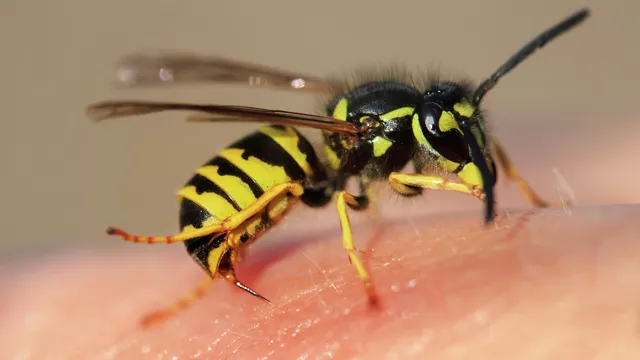Traditionally, the peak of wasp activity occurs in August-September, since their families have time to grow and develop over the summer. What to do after a wasp bite in the hand or other part of the body, how to provide first aid at home and relieve pain at the site of injury - in the material of RIA Novosti.
Signs of a wasp sting
The first thing a person feels after an unsuccessful encounter with a wasp is a strong and prolonged pain at the site of the bite, which is impossible not to notice or ignore. The insect's venom has the ability to destroy cell walls and cause inflammation in tissues.
Sometimes, during the penetration of the sting, blood vessels may be affected, causing a slight hemorrhage. But the first and main signs of a wasp attack are still considered to be pain and redness, which persist for the first two to three hours. In some cases, the temperature may rise and itching may begin. Then the initial unpleasant sensations are replaced or supplemented by other, more dangerous consequences for health.
What are the differences between bee, hornet and wasp stings?
«
"A wasp is a hymenopteran insect that is dangerous due to its multiple stings. For example, a bee stings only once and dies, since its sting, breaking off along with the abdomen, remains in the human body," explains the expert of the Academy of Doctors UniProf, allergist-immunologist Tatyana Sharkovskaya.
In addition, the wasp is larger than the bee (it can reach up to 2.5 centimeters in length) and has a reserve of much more neurotoxins and other substances that have a destructive effect on human tissue


0 Comments